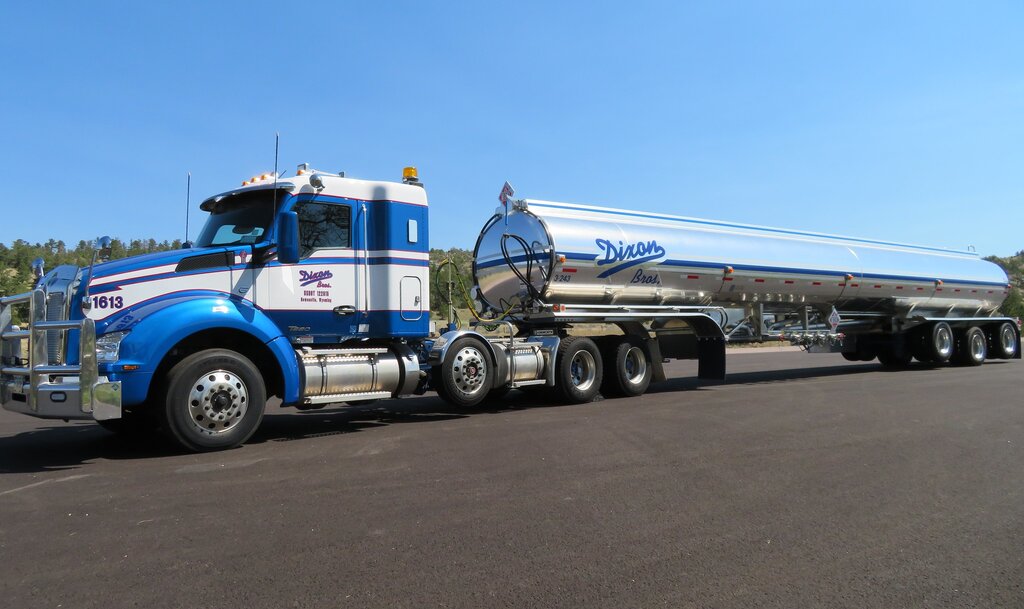Business
Oil Could Reach $90 Barrel by Year’s End Increasing Cost at the Pump

It seems odd that United States began to relax from COVID-19’s restrictions, gasoline prices climbed. Many consumers assume the oil producers have more than enough on hand and do not understand the reason behind increasing the cost at the pump. On the contrary, the current demand for crude oil exceeds the supply on hand, which is driving prices higher; Goldman Sachs forecasts the price to reach $90 a barrel by the end of 2021.
The surprise of the V-shaped recovery in oil continues to surprise the most optimistic on Wall Street as well. They expect U.S. crude to rise to $87 a barrel — up from previous expectations of $77. Goldman Sachs strategists explain the reason for the near-record increases is “the current global oil supply-demand deficit is larger than we expected.”
Furthermore, global oil demand is even faster than previously forecast, and the supply is lower than expected. As a result, the high crude prices could climb higher.
AAA reports the national average is $3.19 a gallon as of September 30, 2021. That is a dollar more than the same time last year and three cents higher than a month ago — fuel prices in the United States range from $4.399 to $2.818 per gallon. Consumers in drought-ridden western states and Hawaii are paying the highest prices at the pumps. In comparison, the lowest cost-per-gallon is seen in much of the south.
One of the two world’s largest trading classifications, Brent crude oil jumped 1.5 percent to $79.25 a barrel on Monday, September 20, which leaves Brent on track for its highest price since October 2018.

Courtesy of Mike Mozart (Flickr CC0)
These gains add to the extraordinary recovery from the onset of the pandemic when U.S. crude oil prices crashed below zero for the first time in history. In April 2020, oil prices bottomed out at negative $40 a barrel which is about $115 below today’s levels.
COVID forced OPEC and U.S. oil companies to drastically cut production and much of the supply is still offline. Other factors that reduced or slowed the supply chain in the United States during the past 18 months include the Colonial Pipeline cyber-attack and hurricane Ida.
Moreover, Goldman Sachs strategists do not forecast a change in the current supply deficit being reversed in the coming months since the scale of the demand is overwhelming oil producers.
Written by Cathy Milne-Ware
Sources:
CNN Business: Here comes $90 oil; by Matt Egan
AAA: National Average Gas Prices
Featured and Top Image Courtesy of Truck PR’s Flickr Page – Creative Commons License
Inset Image Courtesy of Mike Mozart’s Flickr Page – Creative Commons License
